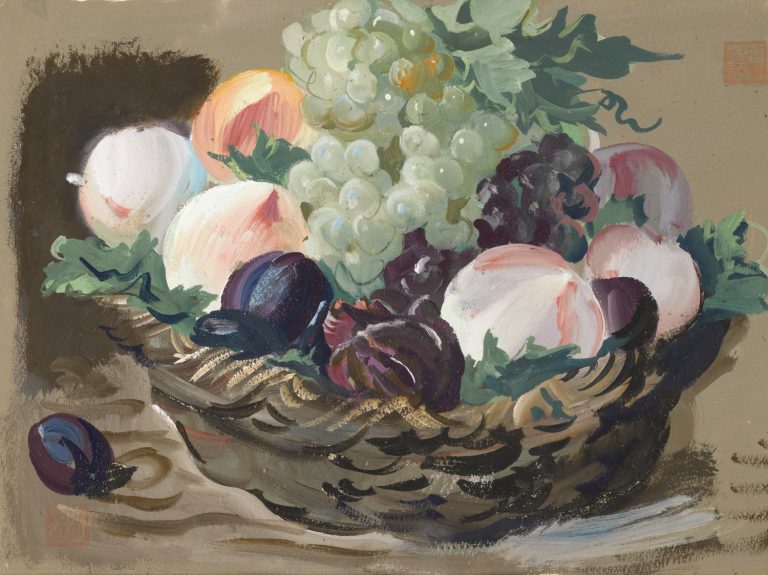Biography
Alexandre Jacovleff was one of the most prominent Russian painters and draughtsmen of the first part of the 20th century, a representative of neoclassicism.
Between 1905 and 1913 he studied at the St. Petersburg Imperial Academy of Arts under Dmitry Kardovsky. His manner included elements of theatrical stylisation and imitations of the Italian Renaissance, primitivism and old masters. This style was named “neoclassicism” and became Jacovleff’s choice, making him one of the noticeable figures of this modernist movement.
In 1915 Jacovleff joined Mir Iskusstva. In 1917 he founded the St. Luke Guild of Painters with Dmitry Kardovsky and Vasiliy Shukhaev.
Jacovleff found his niche in ethnography and he travelled a lot in Europe and Asia where he collected ethnographic materials and painted many portraits.
Between October 1924 and August 1925 he took part in an expedition to Africa organised by Citroën, from where he brought some 300 paintings and drawings depicting landscapes and scenes from everyday life of the local people. In 1926 these works were exhibited at the Galerie Charpentier in Paris and made Jacovleff famous in Europe. In 1928 the artist travelled in Ethiopia with Henry Rothschild.
In 1926 Jacovleff was awarded the Legion of Honour.
He continued to take part in exhibitions of the Russian art. His works were shown in Paris (Galerie Densi[Т1] , 1921; Galerie Bernheim-Jeune, 1927), at a travelling exhibition in the U.S. and Canada (1924-1925) and in Copenhagen (1929), among other locations. In 1928 Jacovleff had a personal exhibition in Leningrad devoted to the fifteenth anniversary of his graduation from the Academy of Arts. At the same time his works were exhibited at the Russian department of the exhibition of French modern arts in Moscow.
Alexandre Jacovleff died on 12 May 1938 in Paris.
His works were bought by several museums and are displayed at permanent and special expositions in many countries. In particular, they are included in the collections of the Russian Museum, the Tretyakov Gallery and the Pushkin Museum of Fine Arts.


